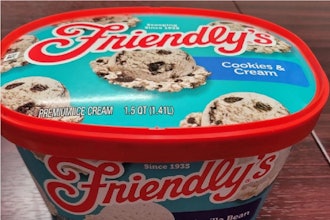
QUEBEC CITY (AP) — The Canadian government is banning companies from importing or making plastic bags and Styrofoam takeout containers by the end of this year, their sale by the end of next year and their export by the end of 2025.
Canada previously announced a ban but environment advocates were dismayed about delays and that Canada’s initial plan was to ban the items at home but continue to ship them abroad. Environment Minister Steven Guilbeault announced the dates Monday.
In addition to bags and takeout boxes, the ban will affect plastic straws, bags, cutlery, stir sticks and six-pack rings that hold cans and bottles.
The federal government listed plastics as toxic under the Canadian Environmental Protection Act last year which paved the way for regulations to ban some. However a consortium of plastics producers is suing the government over the toxic designation in a case expected to be heard later this year.
Prime Minister Justin Trudeau first promised in June 2019 that his government would phase out the production and use of hard-to-recycle plastic items as it aims for zero plastic waste by the end of the decade.
Initially he said the ban would happen in 2021, but the scientific assessment of plastics that was needed to put the ban in motion was delayed by the COVID-19 pandemic.
Plastic waste has been a growing problem around the world, with an estimated 10% or less of most manufactured plastic recycled.
A research study published by Environment and Climate Change Canada in 2019 found 3.3 million tons of plastic was thrown out, almost half of it plastic packaging. Less than one-tenth of that was recycled. Most of the plastic ended up in landfills, where it will take hundreds of years to decompose.
An estimated 29,000 tons ended up as plastic pollution, littering parks, forests, waterways and shorelines with cigarette butts, food wrappers and disposable coffee cups.





















